Game On begins with the first arcade games Spacewar!, Computer Space, Pong, and Space Invaders. Pong was developed by Allan Alcorn (Atari’s first employee) and was a two-player simulation of ping pong.
To test the prototype, a Pong cabinet was installed at a tavern in Sunnyvale, California. After just two days, the game broke, because the cash box had overflowed and jammed the machine. In 1974, Pong was the first video game to have a home version that reached millions of people in North America, Japan, and Europe.
Home gaming quickly became popular and Nintendo— a Japanese company founded in 1889 that initially produced gaming cards— took over the market as the leader for gaming consoles. In 1980, Nintendo created the first handheld game system, the Game & Watch. Nine years later, the Game Boy was released and with it a series of games that are now iconic: Tetris, Mario and its spins-off, The Legend of Zelda, and Pokémon.




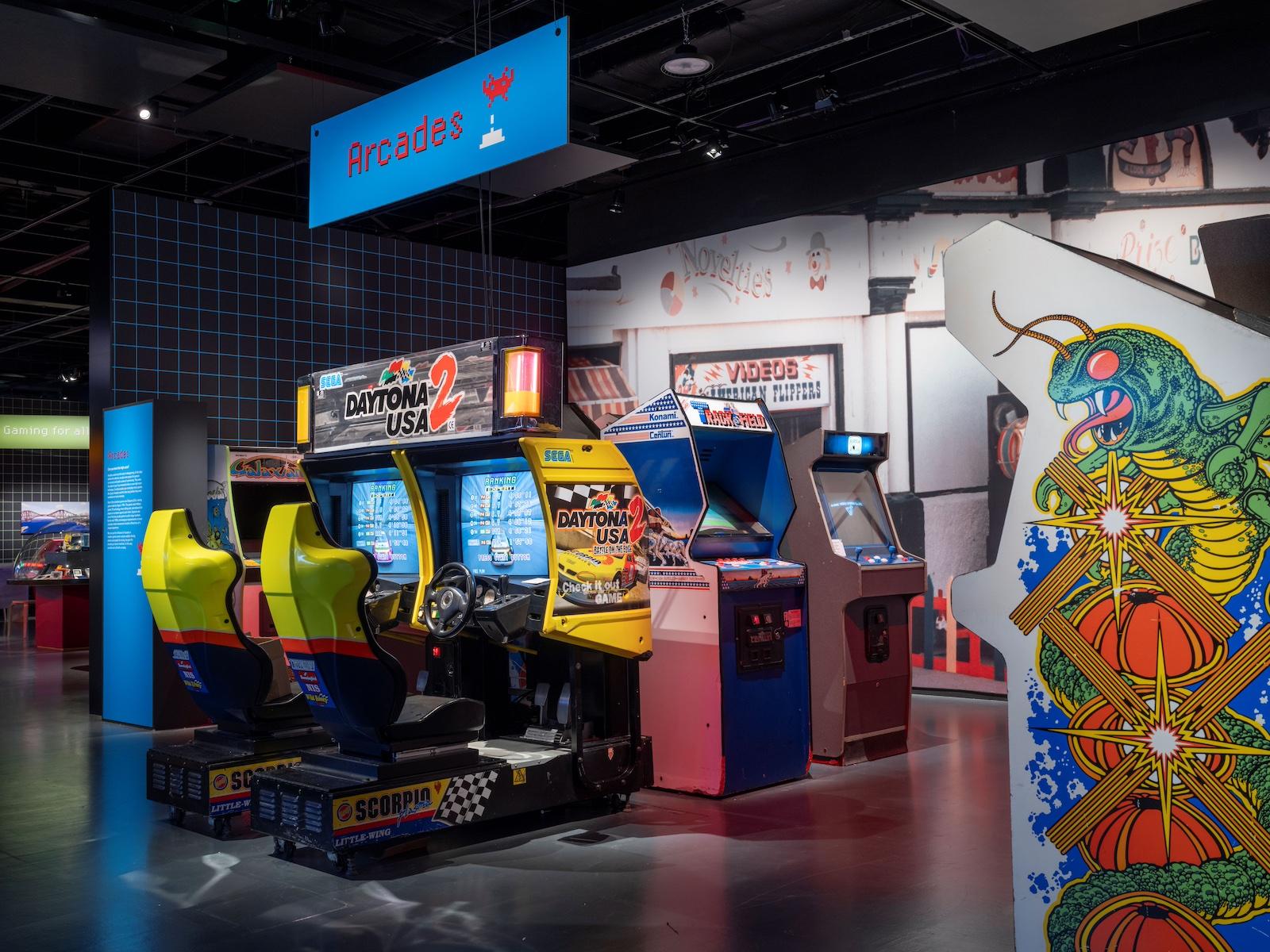
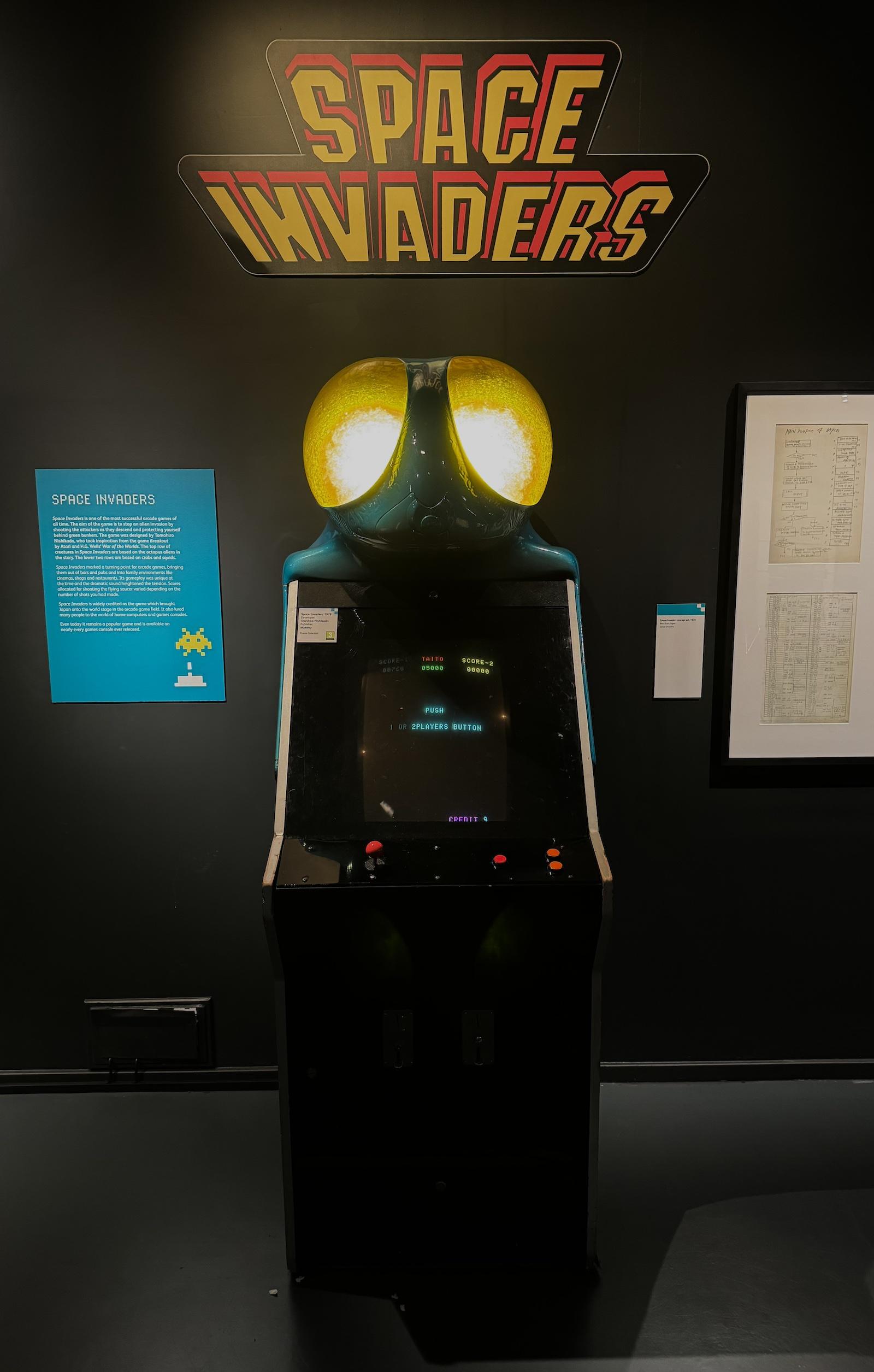
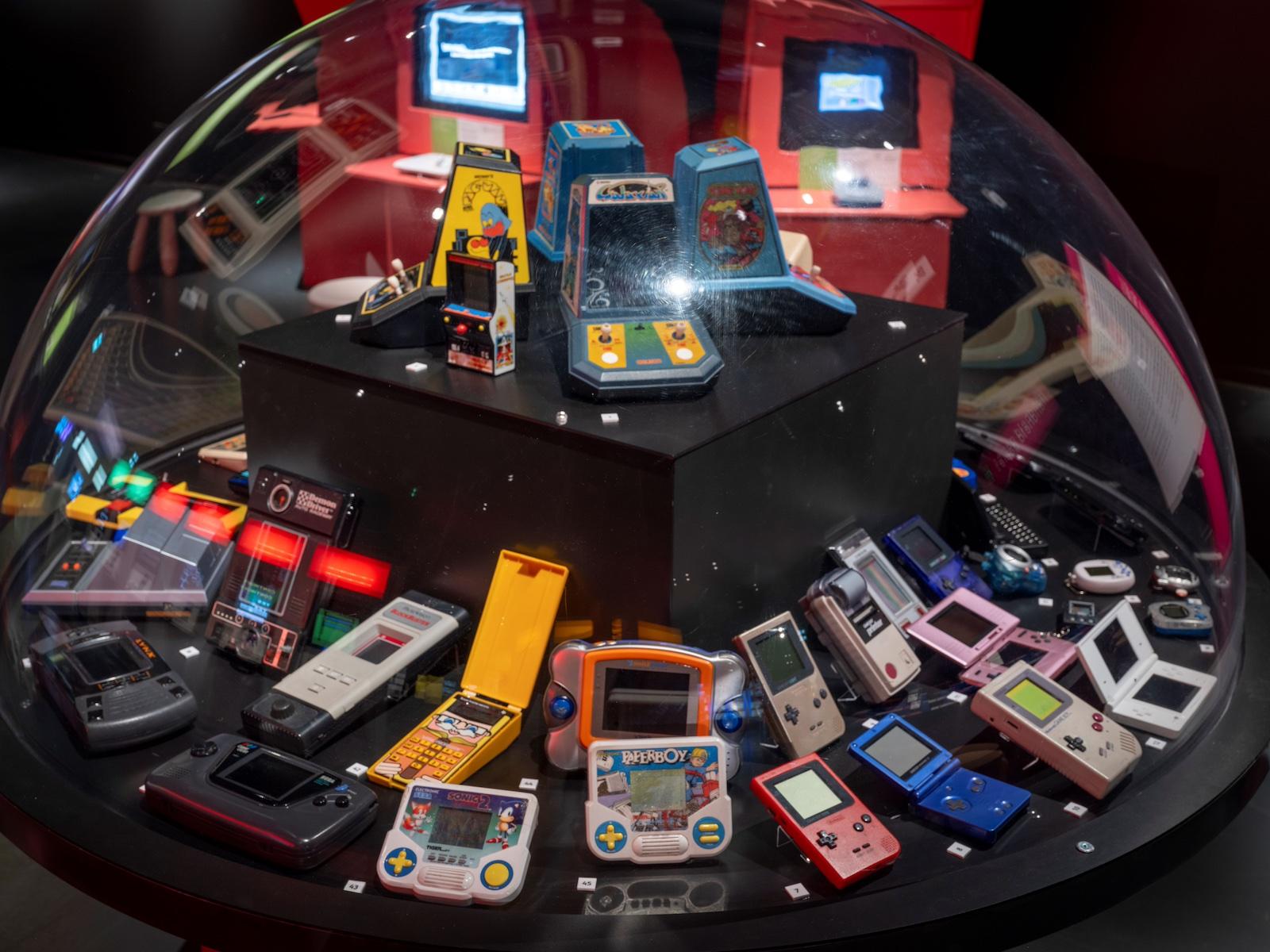
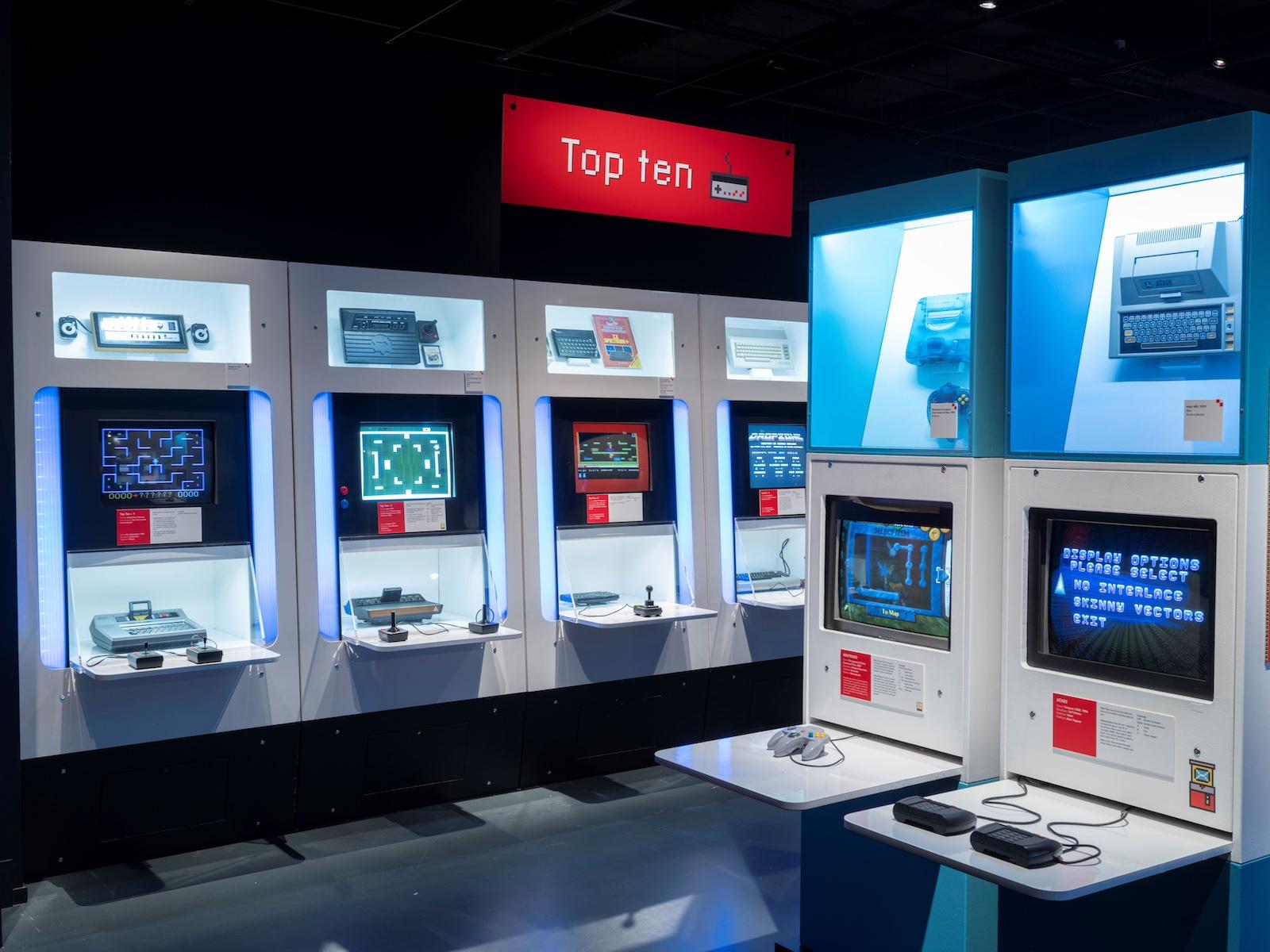
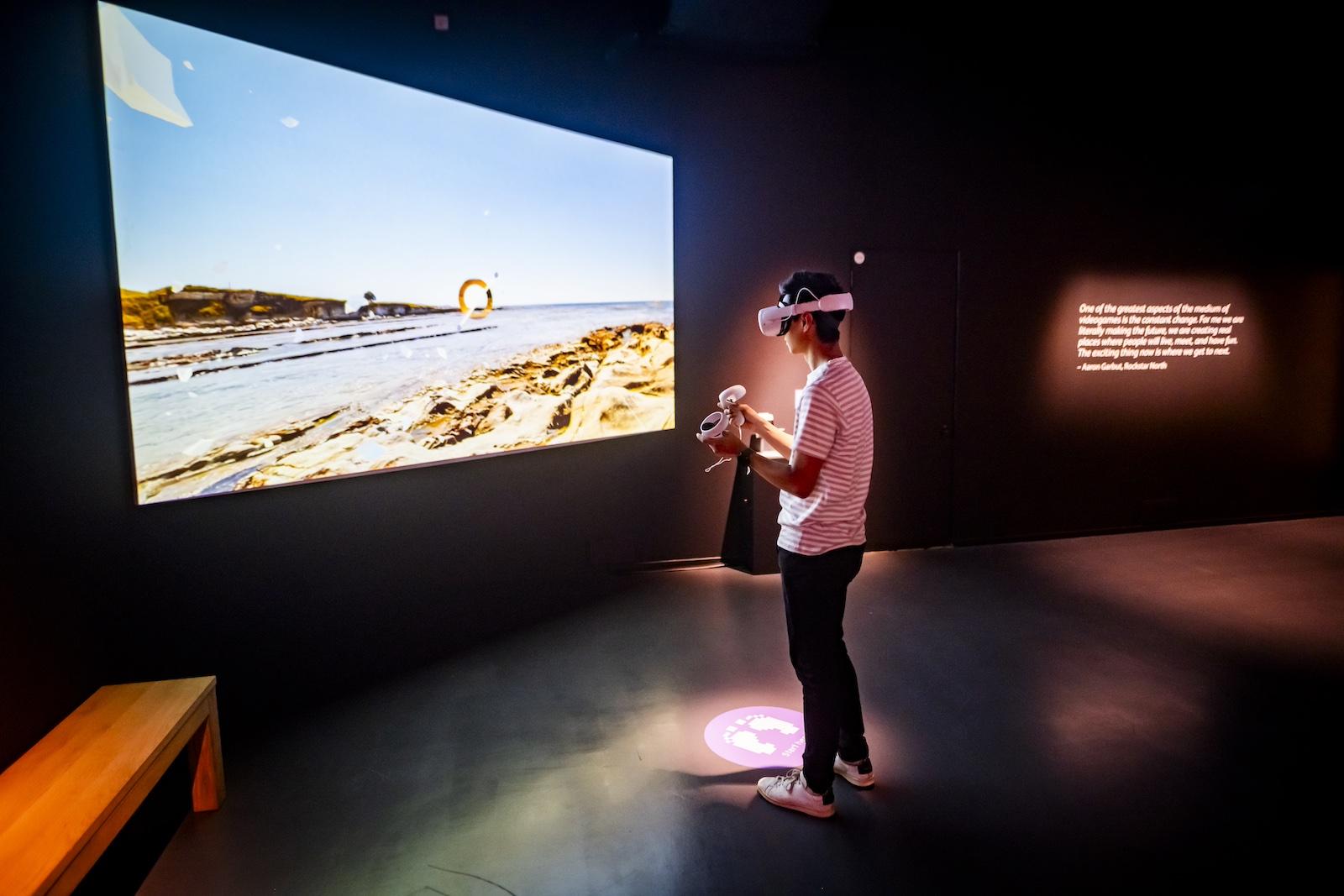
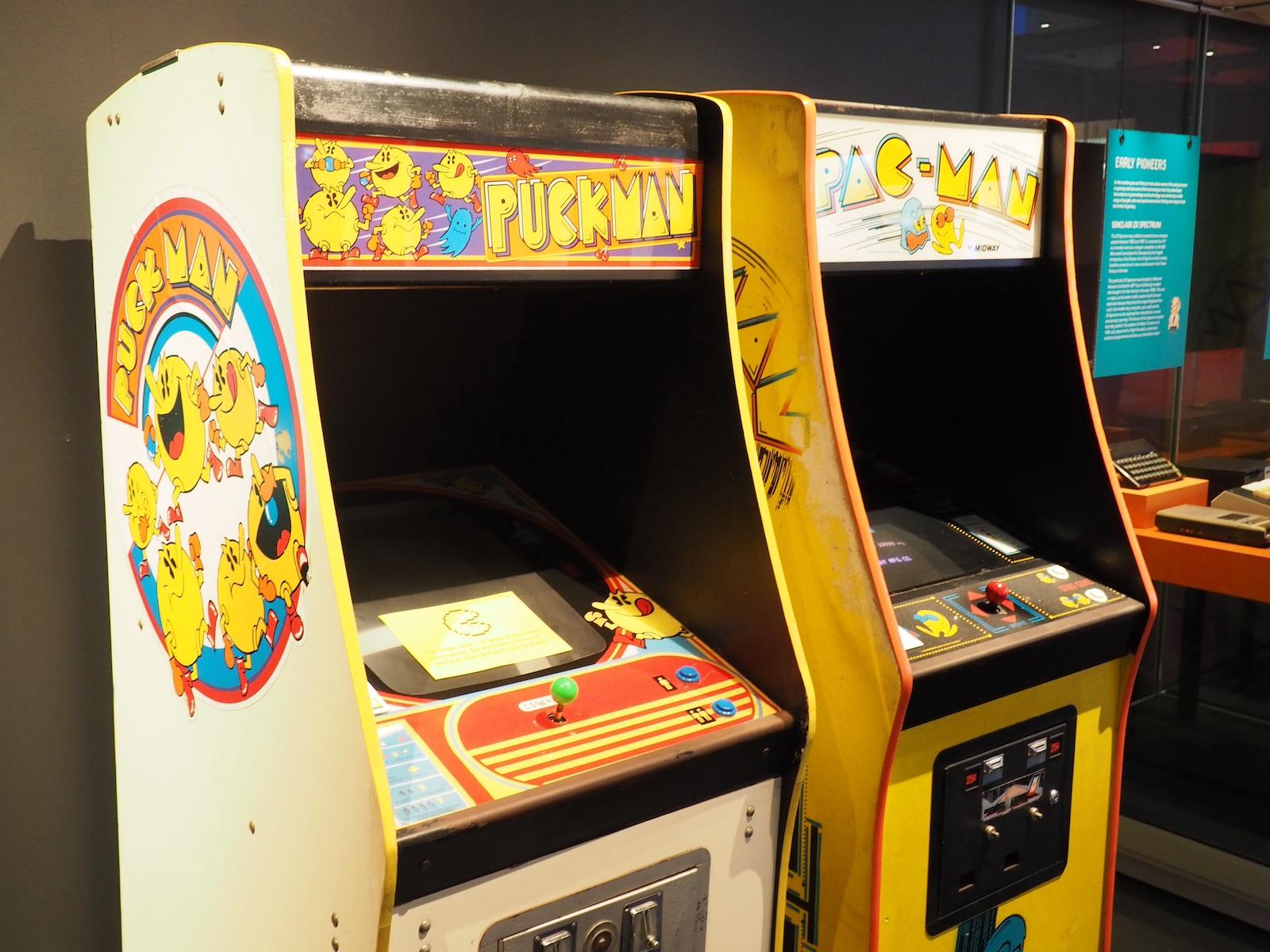


















![DEl Kathryn Barton [Australian b. 1972] the more than human love , 2025 Acrylic on French linen 78 3/4 x 137 3/4 inches 200 x 350 cm Framed dimensions: 79 7/8 x 139 inches 203 x 353 cm](/sites/default/files/styles/image_5_column/public/ab15211bartonthe-more-human-lovelg.jpg?itok=wW_Qrve3)



